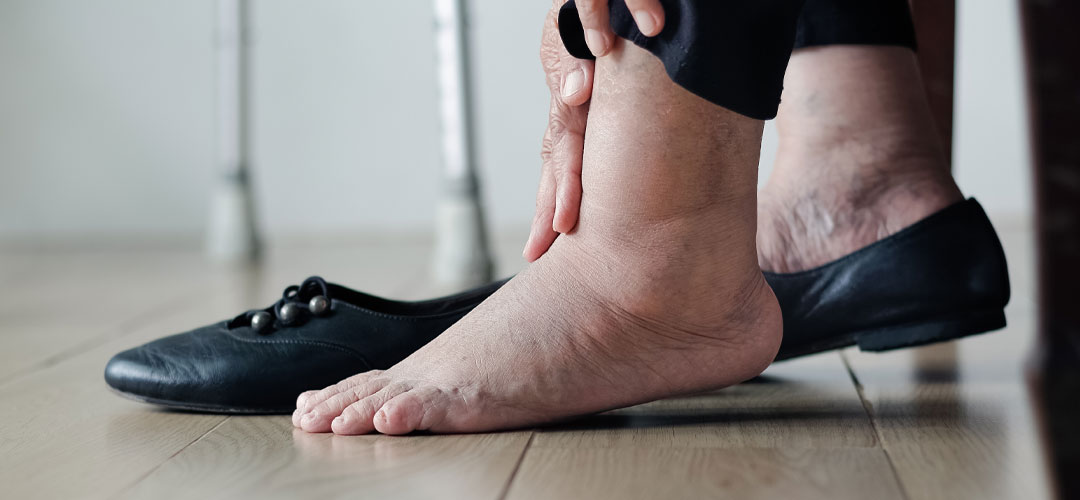
Rheumatoid arthritis (RA) is a chronic inflammatory disorder that primarily affects the joints, but it can also cause complications throughout the body.
Understanding the nature of RA, its symptoms, and how it affects different parts of the body can help those affected manage this condition effectively.
• Rheumatoid Arthritis
Rheumatoid arthritis is an autoimmune disease where the immune system mistakenly attacks healthy joint tissues, leading to inflammation, pain, and potential joint damage. Unlike osteoarthritis, which is caused by wear and tear, RA involves the immune system and can affect multiple joints symmetrically.
• What is Rheumatoid Arthritis?
Rheumatoid arthritis is a long-term condition that primarily causes inflammation in the joints, but it can also affect other systems, such as the skin, eyes, lungs, heart, and blood vessels. RA is characterised by periods of flare-ups, where symptoms worsen, and remissions, where symptoms subside.
• Rheumatoid Arthritis Symptoms and Signs
The rheumatoid arthritis symptoms and signs include joint pain, swelling, and stiffness, particularly in the morning or after periods of inactivity. The condition typically affects smaller joints first, such as those in the hands and feet, and then progresses to larger joints like the knees, hips, and shoulders.
• Types of Rheumatoid Arthritis
There are different types of rheumatoid arthritis, primarily categorised based on the presence of specific antibodies. The two main types are:
-
- Seropositive RA: Where rheumatoid factor (RF) or anti-citrullinated protein antibodies (ACPAs) are present in the blood.
- Seronegative RA: Where these antibodies are absent, but the disease still follows the same progression.
• Rheumatoid Arthritis in Knees
RA commonly affects the knees, causing pain, swelling, and difficulty in movement. Rheumatoid arthritis in knees can lead to a loss of cartilage, resulting in the bones rubbing against each other, which further aggravates the pain and can lead to significant mobility issues over time.
• Signs and Symptoms of Arthritis in Hands
The signs and symptoms of arthritis in hands are often among the first indicators of RA. These include swelling, pain, and stiffness in the fingers and wrists, often making simple tasks like gripping objects challenging. In some cases, deformities in the fingers can occur as the disease progresses.
• Signs of Rheumatoid Arthritis in Hips
While less common than in other joints, signs of rheumatoid arthritis in hips include deep, aching pain in the groin, outer thigh, or buttocks. As the disease progresses, it can lead to difficulty in walking, standing, and performing other daily activities.
• Symptoms of Rheumatoid Arthritis in Legs
Symptoms of rheumatoid arthritis in legs often manifest as pain and swelling in the knees, ankles, and feet. This can lead to difficulty in walking or standing for extended periods, and in severe cases, can cause deformities in the feet.
• Risk Factors for Rheumatoid Arthritis
Several risk factors for rheumatoid arthritis can increase the likelihood of developing the disease, including:
-
- Genetics: A family history of RA increases the risk.
- Gender: Women are more likely to develop RA than men.
- Age: While RA can occur at any age, it most commonly begins between ages 40 and 60.
- Smoking: Tobacco use increases the risk and can exacerbate the severity of RA.
- Obesity: Excess weight puts additional stress on joints and may contribute to the development of RA.
• Conclusion
Rheumatoid arthritis is a complex and debilitating condition that requires early diagnosis and effective management to minimise joint damage and maintain quality of life. Understanding the symptoms, affected areas, and risk factors can help individuals take proactive steps in managing their health.
Check out these links to find out more:
Disclaimer:
Information and other content provided in Lily & Loaf blogs should not be construed as medical advice and should not be considered a substitute for professional medical expertise. If you have any medical concerns, you should consult with your health care provider.




